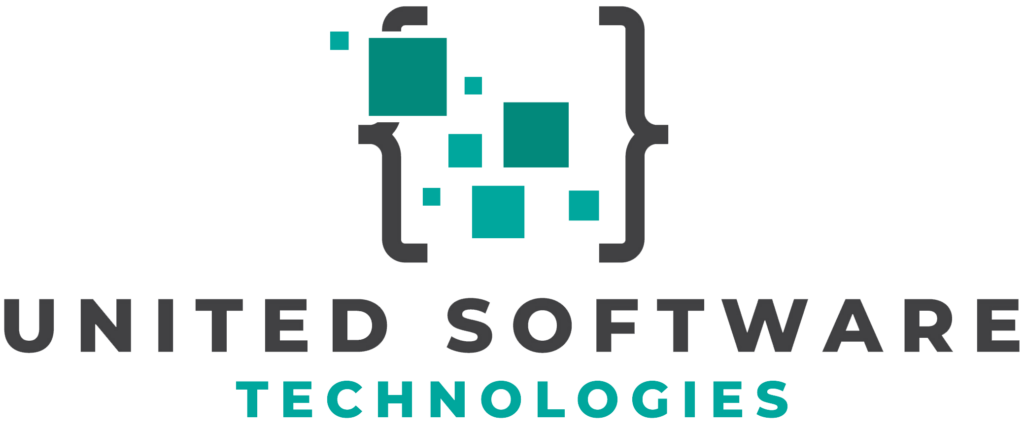The Beginner’s Guide to PaaS
[elfsight_popup id=”15″]
The Beginner’s Guide to PaaS
PaaS stands for “Platform as a Service” and is an IT model where you deploy your application, and the PaaS provider takes care of tasks like scaling to meet your load, monitoring your services, etc. You don’t need to know what’s happening under the hood; the PaaS vendor does it all for you.
What is PaaS?
PaaS is a development and deployment environment entirely in the cloud. With an app being in the cloud, PaaS allows you to deliver your content no matter the size of your application. It could be something simple or something sophisticated. The good thing about using platform as a service is that you don’t need to host any of the equipment at your site. By using a third-party provider like AWS or Azure, you can manage and host all the equipment you need. If you need to scale the application because you are getting traffic, then the hosting provider can scale that for you automatically with no hassle to you or your development team.
What is PaaS used for?
PaaS is used to avoid the expense and complexity of buying and managing software licenses, infrastructure, middleware, Kubernetes, or other development tools and resources. It is used to provide developers with more straightforward access to manage their applications and services.
PaaS can also cut your coding time. With PaaS development tools, you can cut the time to develop an app with pre-coded application components built into the platform. This also gives you an advantage because it gives your added development capabilities without adding staff.
Common PaaS Scenarios
Development Framework.
PaaS provides a framework for developers that they can build upon to make or customize cloud-based applications. An example of this is if you want to create an excel macro, PaaS gives developers the ability to create applications using built-in software components. With the cloud, you can get scalability, high availability, and multi-tenant capability, all included, reducing the amount of coding developers must do.
Business Intelligence
PaaS gives your business the tools to analyze and mine the data that you get from your application and servers. It also allows you to find insights and patterns and predict outcomes to improve your forecasting, product design decisions, and any other business decision you may want to look for.
Additional Services
PaaS providers may offer you other services that can enhance applications such as workflow, directory, security, and scheduling.
Conclusion
We gave you an essential guide to PaaS, its use, and common scenarios. Of course, there is much more to delve into, but this is just the beginner’s guide to how it all works. If you need a PaaS application, United Software Technologies can help get your business idea off the ground with custom software developers highly skilled in the cloud and PaaS solutions. Contact us here to get a quote on your new venture.

